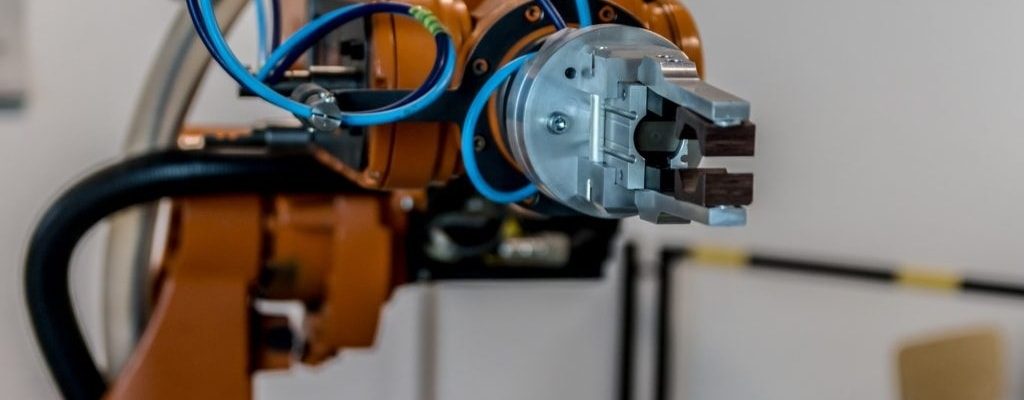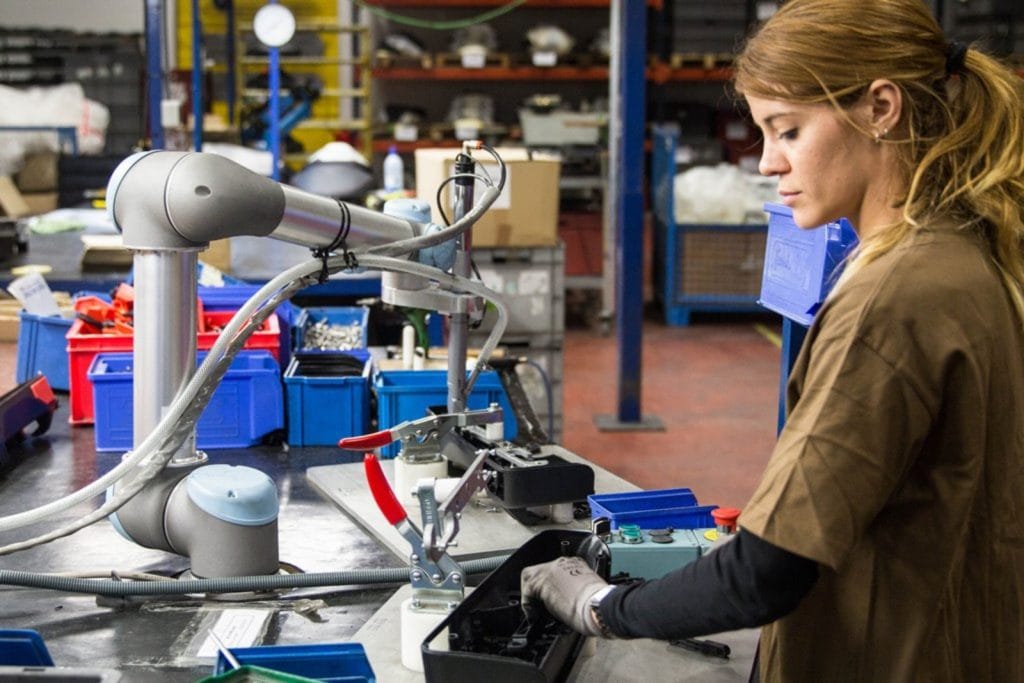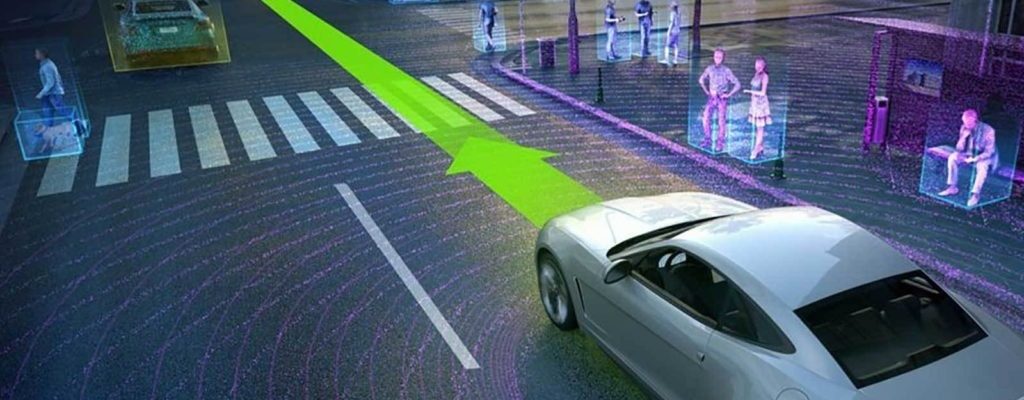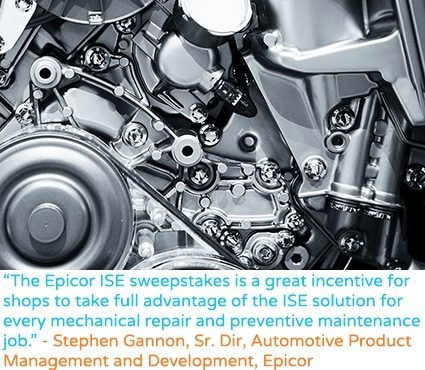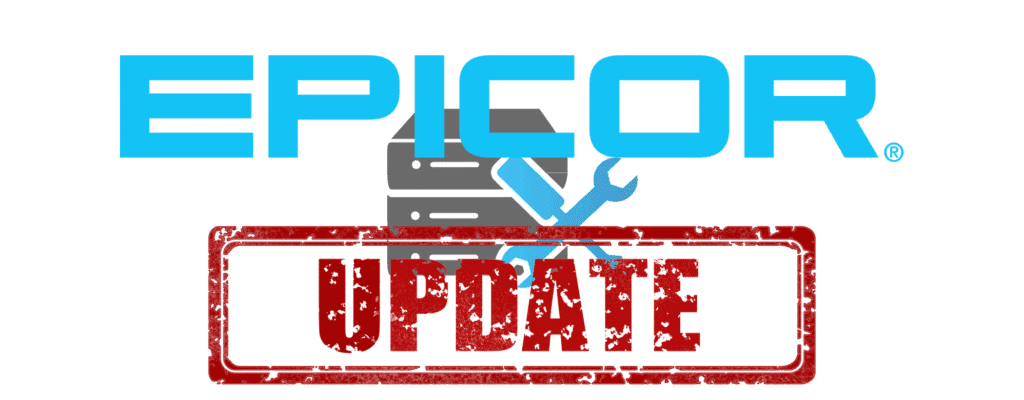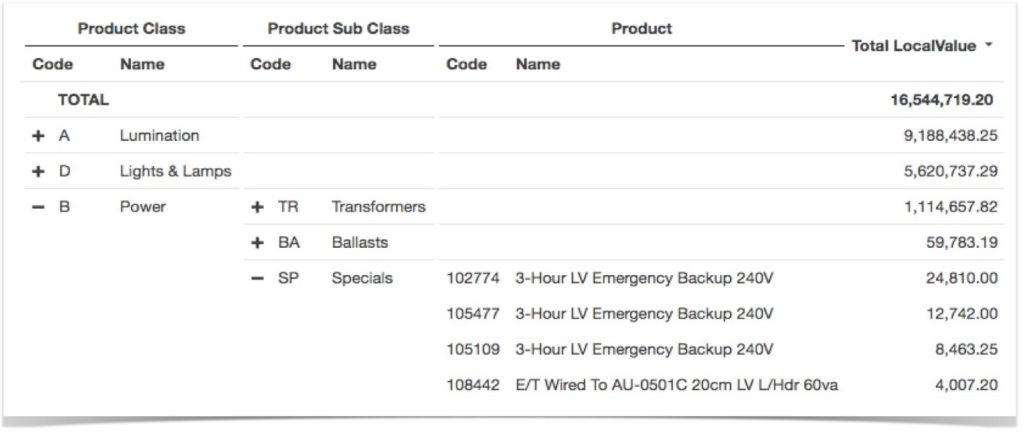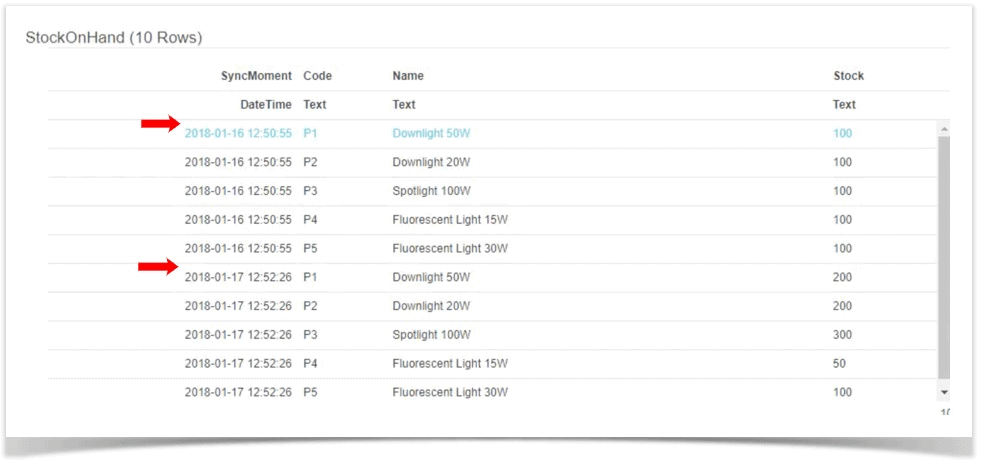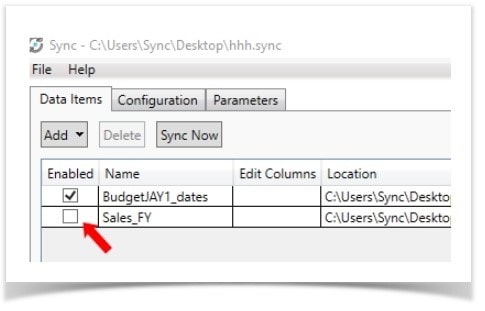Encompass Solutions recently sat down with Metaphase Technologies President Kevin High to discuss the company’s current Epicor ERP implementation, manufacturing custom vision and lighting solutions, and the future of Metaphase. Here’s what Kevin had to say about his company and where he’ll be taking it with the advanced capabilities Encompass Solutions and Epicor ERP will provide.

Q: Can you describe what Metaphase does and what makes the company unique?
Our mission is to be the leading manufacturer of high-quality, high-performance, custom and standard machine vision LED lighting solutions. Metaphase Technologies is a custom job shop with over 7,000 active products and new ones developed every week. We have in-house resources, including engineering, manufacturing, sales, and service, all under one roof. We customize solutions to fit the end-user’s needs and provide application expertise to help determine the ideal solution.
Q: What are some everyday challenges Metaphase faces in business? Anything specific to vision systems and lighting that other manufacturers might not face?
As a company, some of the common challenges we face on a day-to-day basis include tracking all active projects, custom light specifications, and evaluation units we send to customers. Since we lack continuity of data platforms, it can also be challenging to track where we are in the sales cycle. Lastly, our products are an integral part of our customers’ applications, which means we have to continue designing around component obsolescence. Information acquisition is often a time-consuming challenge. It is challenging to be able to view our inventory levels, provide prompt responses, and have short lead times.
Q: What is your business hoping to accomplish with Epicor ERP software that you couldn’t previously?
Our expectations in working with Epicor are to learn efficiency in a custom job-shop environment, from top to bottom. What we are looking for is a more streamlined integration from start to finish. When our Sales Managers are in the field, we want them to be able to deliver quick and accurate information to the customers. Our goal with our next software implementation is to have a consistency of data across all departments, including BOM accuracy, to ultimately improve quality and lead times, as well as, efficiency in tracking process flows from start to finish.
Q: How are you taking advantage of the strengths and benefits of production located in North America vs. production overseas?
Being a manufacturing company in North America is beneficial for both Metaphase and our domestic customers. Our Sales team maintains a healthy relationship with customers in the USA because of the accessibility and ease of communication. Our time-to-delivery is also decreased since we are not waiting on parts manufactured internationally.
Q: At what point did you know you would need to implement an ERP solution for your business?
In 2014, we knew that we had to implement ERP software just to keep up with in-house processes, it was becoming resource intensive to find answers; paper trail audits are very resource intensive and could take days to track down information on a product shipped in previous years. Metaphase has been through the implementation of software that didn’t appropriately fit the needs of our unique company. In December 2017, we knew we wanted to start looking and exploring different ERP options because our current ERP system is inadequate to handle the custom job-shop flow our company has. We needed a better solution.
Q: Can you describe your ERP selection process?
We began our search by interviewing multiple vendors and identifying certain requirements. We evaluated live demonstrations of the software and eventually narrowed it down to two software companies. Proposals of the implementation process, as well as the financials, followed the second demonstration of the software systems. An internal discussion was needed to evaluate the risks and rewards of each and we were able to make a decision.
Q: What key component(s) of Epicor got you interested?
Epicor had not been a software we were looking into originally but a chance meeting with Sonia, President of Encompass Solutions, at the A3 convention had put them on our radar. A good repour and quality customer care from the President had been reassuring and important to us.
Q: What are some of your apprehensions regarding the implementation of a new ERP system and how did Encompass allay those apprehensions and give your company the confidence to bring us on?
There will always be uncertainties about implementing a new ERP system since there is always a chance the system will not meet our expectations. Some apprehensions we have include cost and resource allocation, not being able to complete implementation within the projected time frame, and also the transfer of data from our current ERP into Epicor. The quality of training and technical support is also a concern that we, along with many other companies, have going into an ERP implementation. Despite the apprehensions we have, Encompass has been guiding us through the process up to this point. The face-to-face communication with Sonia and Lynn has given us the confidence that they are willing to work with us throughout any issues that may occur during the implementation. The live demonstration of the software by Jeff was smooth and displayed his knowledge of the product well. The detailed proposal documentation that included the implementation process and timeline set expectations for not only Epicor/Encompass but also Metaphase. The level of detail in the documentation made us more confident that Encompass has the experience to run a smooth implementation/ERP transition.
Q: What do you expect will improve as a result of implementation?
After the Epicor implementation, we expect that our process flows within our organization will improve. The user-friendly interface will allow for more timely and accurate information to flow through the system. Being able to help the Sales team save time with easy CRM management and mobile capabilities, we expect them to have more time to do more selling!
Q: What do your employees think about the transition?
We notified our employees about our decision to move forward with Epicor and apprehension was expected. A majority of them are concerned about having a repeat of our previous ERP implementation and how many committed resources will be needed to make this work. But there is also some excitement about the possibilities this software system has and what it can do for us.
About Metaphase Technologies
For more than two decades, Metaphase Technologies has been developing products that advance “The Quality of Light” through the engineering and manufacture of uniform diffuse high brightness and ultra brightness LED illuminators. Metaphase’s illuminators are specially designed for applications in machine vision, military, and specialty lighting. Metaphase boasts expertise in engineering flexible lighting solutions for ease of integration into vision systems design. The company’s LED illuminators are currently utilized in thousands of applications throughout the world, including vision-guided robotics, automation systems, line scan inspection units, and many others across the machine vision industry.
As the first to standardize built-in constant current drivers, Metaphase continues to synergize cutting-edge machine vision LED lighting & control technologies to simplify innovation and increase customer return on investment.
About Encompass Solutions
Encompass Solutions, Inc. is an ERP consulting firm, NetSuite Solution Provider, Suite Success Partner, and Epicor Gold Partner that offers professional services in business consulting, project management, and software implementation. Whether undertaking full-scale implementation, integration, and renovation of existing systems or addressing emerging challenges in corporate and operational growth, Encompass provides a specialized approach to every client’s needs. As experts in identifying customer requirements and addressing them with the right solutions, we ensure our clients are equipped to match the pace of the Industry.


